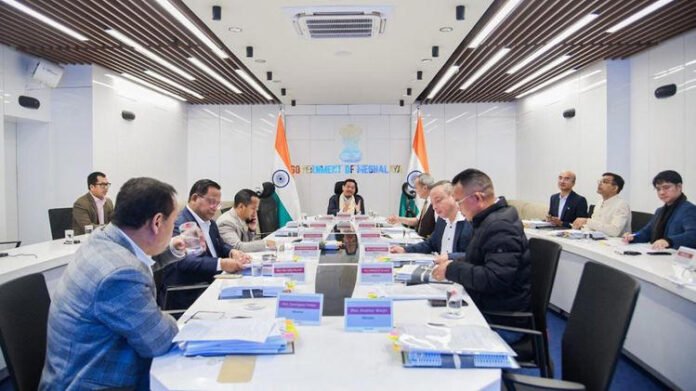The Meghalaya government has announced the upgradation of 17 government schools and the creation of 137 new teaching posts. This initiative is aimed at easing the Class 11 seat crunch that has been a persistent challenge in the state, especially after the declaration of the SSLC (Class 10) results.
The decision was officially approved during a recent cabinet meeting chaired by Chief Minister Conrad K. Sangma, and it marks a major step forward in strengthening the state’s secondary education infrastructure. The move is also in line with the National Education Policy (NEP) 2020, which stresses access to quality education for every student.
Bridging the Gap: More Seats for Class 11
With thousands of students passing the Secondary School Leaving Certificate (SSLC) exam every year, the demand for Class 11 seats in Meghalaya’s higher secondary schools has far exceeded the available supply. In 2024, over 57,000 students passed the SSLC examination, while the number of available Class 11 seats in government schools stood at only around 28,000.
Read More: Meghalaya High Court Orders Expedited Expansion of Shillong Airport to Boost Connectivity
This severe seat shortage has left many students scrambling for limited options, particularly those from rural areas and economically weaker sections. The government’s decision to upgrade 17 existing secondary schools into higher secondary institutions is expected to create nearly 3,000 additional Class 11 seats across the state.
Creation of 137 Teaching Posts
Alongside the infrastructure upgrade, the cabinet has also sanctioned the creation of 137 new teaching positions, including subject-specific teachers for Science, Arts, and Commerce streams. These posts will be filled through transparent recruitment procedures, ensuring that the quality of education remains uncompromised as schools scale up to accommodate more students.
The Education Department of Meghalaya has been directed to expedite the recruitment process so that the additional teachers are in place by the start of the upcoming academic session. This proactive move will not only improve the teacher-student ratio but also ensure personalized attention and improved learning outcomes.
Focus on Rural and Underserved Areas
Most of the schools identified for upgradation are located in rural and remote parts of Meghalaya, where students often have limited access to higher secondary education. By expanding educational opportunities in these regions, the government aims to reduce dropout rates and encourage more students to continue their studies after Class 10.
Education Minister Rakkam A Sangma emphasized that the initiative will bring long-term benefits to Meghalaya’s youth. “This is not just about seats. It’s about ensuring our children have the opportunity to study in their own villages or districts without the need to migrate far or drop out due to lack of access,” he stated.
Positive Response from Students and Parents
The announcement has received widespread appreciation from students, parents, and educational stakeholders across the state. Many have hailed the move as timely and essential, particularly in light of Meghalaya’s commitment to achieving universal secondary education by 2030, a target aligned with the United Nations Sustainable Development Goals (SDGs).
Civil society groups and student unions have also welcomed the decision, urging the government to ensure speedy implementation and infrastructure readiness before the academic year begins.
A Step Towards Educational Equity
This latest initiative by the Meghalaya government highlights a growing recognition of the importance of accessible and inclusive education. By addressing both infrastructure and staffing gaps simultaneously, the state is working toward a more equitable education system where no student is left behind due to a lack of seats or teachers.
As the academic session for 2025 approaches, the education landscape in Meghalaya is poised for a meaningful transformation—one that promises greater opportunity, reduced disparity, and a brighter future for thousands of aspiring students.

